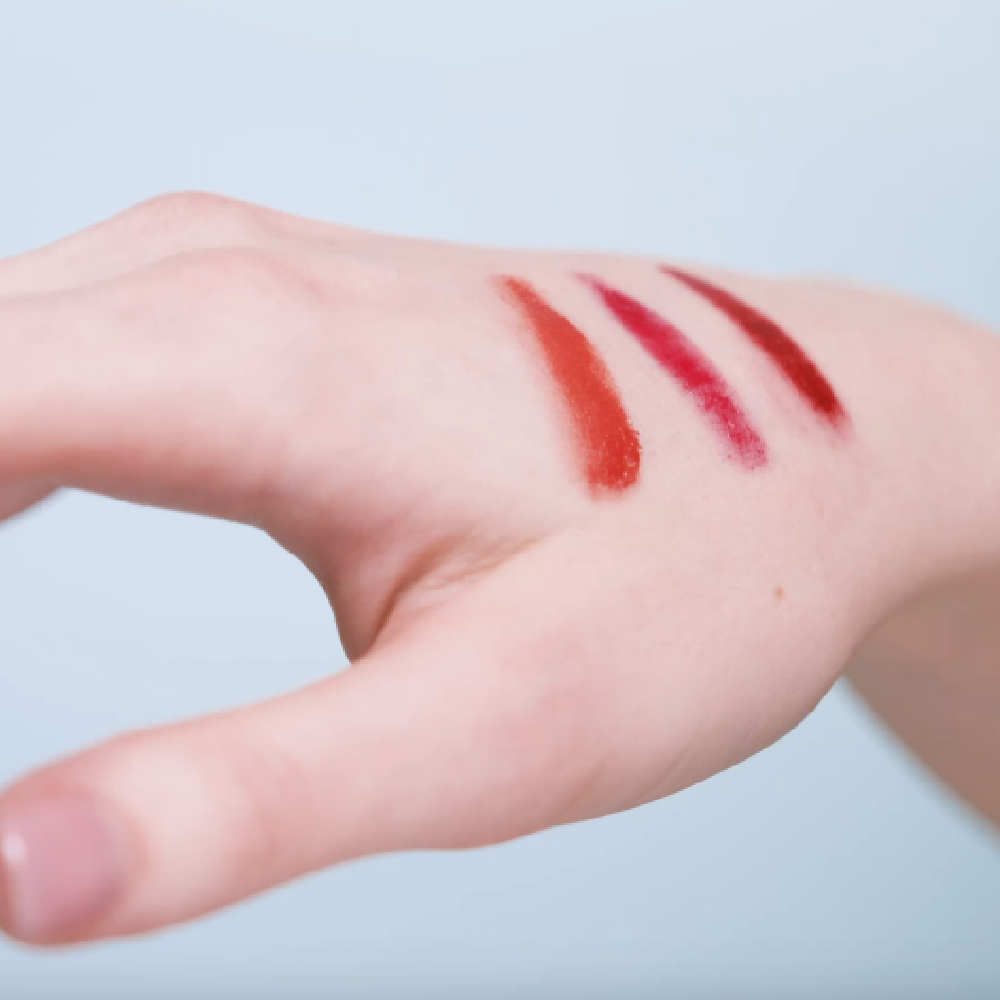Is skin-tone matching a valid base for personal colour analysis?

Introduction
For a few decades, skin-tone matching has served as the foundation for colour analysis. Its scientific support is still largely missing, though, for several reasons. One of the challenges is accurately capturing skin colour, while the other challenge is accurately capturing colour preference in a scientifically rigorous manner. Science has its limits in fields as relative as human preferences. The study framework’s rigorousness was intended to eliminate bias from measurement, but the exact thing we’re trying to measure in terms of colour preferences is bias.
The topic has become a hot potato, with very few research teams exploring it. Those who do it are unable to provide results because of the over-controlled environment research necessitates. What has been established so far is that perception of colour harmony is influenced by cultural characteristics, personal history, and colour attributes. But whether skin colour is related to colour preference, supporting the validity of skin-tone matching, is still an open question.
Academic view on harmony preferences
The vast majority of academic literature holds the view that colour preference is subjective and is influenced by a variety of factors, from colour attributes to personal history, and so cannot be generalized to a wider population. While the literature vehemently denies that there would be any described pattern or universal formula for harmony preference, the fact is that in most, if not all, studies, only single colour judgments were evaluated by using isolated colour patches. This setup strongly oversimplifies the dynamic interaction between humans and their environment, unable to simulate real-life lighting conditions, and neglects how varying skin tones engage with the surrounding colour scheme.
Styling & fashion industry practices
The academic perspective on colour harmony preferences is being actively challenged by individuals from diverse cultural backgrounds having similar preferences when their natural colour attributes are similar. Johannes Itten and other artists observed the patterns, as well as industries like makeup and styling consulting. Fashion and styling have actively employed the idea that our skin tone can influence the colours we are naturally drawn to, shaping our clothing choices. Practitioners have made multiple attempts to describe the pattern that links skin colour to individual colour preferences.
The field of skin-tone matching is plagued by the lack of research support for the idea of skin-tone-based preferences. The analysis lacks a standard process; it relies heavily on the opinions of individual consultants, leading to heated discussions between private schools. Colour me beautiful, a major player on the field, developed their classification system known as the seasonal colour theory. While they originated the theory back to Johannes Itten’s observations around colour schemes and how they can be paralleled by natural landscapes, Itten never implied classifying humans into seasonal clusters. Simply because seasonal colours appear differently depending on climate zones, geographical areas, and even local natural habitats. The seasonal palettes this school promotes are only relevant in temperate climate zones and near sea level, which is the middle part of the USA and EMEA region, where the model was built.
Contemporary approaches
The gap between private and public sector studies has remained unaddressed for decades. Slowly, innovative research approaches are emerging to study correlations between skin tone and colour preference, with the aim of bridging gaps and offering standard practices to the industry. This includes studies on perceptually even colour spaces that incorporate human visual biases. Other initiatives, such as the Huedentity project, are working on creating dynamic models that consider real-life contexts to describe patterns in colour harmony preferences.
Coming up with a research strategy for topics like colours that are highly based on perception and bias is a challenging task. Huedentity’s founders teamed up with multiple professionals and organizations to develop a suitable research framework for describing the relationships between skin tone and colour harmony preferences. Results showed in the foundation of the Human Centred Colour System® that provided with a practical model, allowing for hyper-personalised colour palettes that built around the perceptual skin tone of a person.
Towards standardised skin-tone matching
Although the conflict between academic views and industry practices will probably persist for some time, the progress made by Huedentity offers the possibility of establishing a standardized method for skin-tone matching. It is certain that removing debates and conflict of opinions from the colour analysis practice would improve the credibility of all practicing professional.
Huedentity refrains from using seasonal or other clusters. The model offers an up-to-date method for creating contextual colour harmonies by displaying the dynamics between natural tones, matching colour palettes, and global colour trends. Allowing clients to understand their palette without having to memorize individual shades. The delivery of the model includes the Huedentity’s signature product, the Personal Colour Book, a digital-age colour matching package that provides colour analysis, personal colour palette and colour pairing guidance.